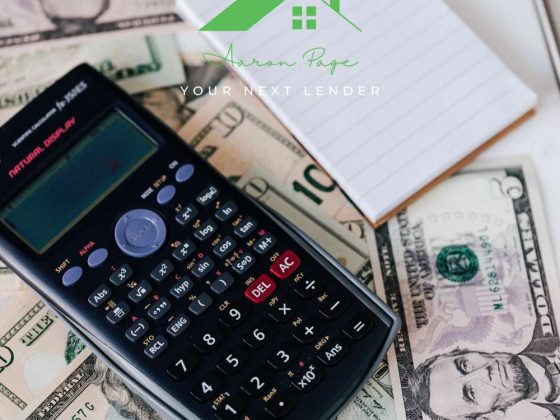Have you ever watched those home makeover shows and thought, “Hey, I could do that!”? If so, you’re not alone. Fix and flip projects have become increasingly popular, with many seeing them as a great opportunity to turn a tidy profit. But before you get your hands dirty, you’ll need to understand the financial aspect of this business – namely, fix and flip loans. Let’s dive into the nitty-gritty of these mortgage types and how they can propel your property flipping aspirations to new heights.
What is a Fix and Flip Loan?
Simply put, a fix and flip loan is a short-term loan designed specifically for property renovation projects. This kind of loan is ideal for real estate investors who plan to purchase a property, renovate it quickly, and sell it for a profit.
How Does a Fix and Flip Loan Work?
Loan Approval Process
Just like any other loan, getting approved for a fix and flip loan involves an application process. Lenders will look at your credit history, your experience with similar projects, and your plans for the property.
Loan Terms
Fix and flip loans have a shorter term than most mortgages, generally between six months to a year, though some can stretch up to two years. This is because the aim is to sell the property quickly after renovations.
Interest Rates and Fees
Given their short-term nature and the risk involved, fix and flip loans often carry higher interest rates than traditional mortgages. There may also be origination fees and prepayment penalties.
Types of Fix and Flip Loans
1. Hard Money Loans
These loans are usually provided by private lenders or individuals. They are secured by the property you’re investing in and generally have shorter terms and higher interest rates. These loans are attractive to flippers because of their fast approval process.
2. Cash-Out Refinance Loans
If you have enough equity in another property, you could consider a cash-out refinance. This means you refinance your existing mortgage for more than you currently owe and use the difference to fund your flip project.
3. Home Equity Lines of Credit (HELOC)
A HELOC is another option if you have significant equity in another property. It works like a credit card, where you have a credit limit and can borrow as much as you need up to that limit.
4. Bridge Loans
Bridge loans are short-term loans that provide immediate cash flow for urgent transactions. They can be handy if you need to close on a flip property quickly but your current property hasn’t sold yet.
Getting the Most Out of Your Fix and Flip Loan
Choose the Right Property
The most important factor in a successful flip is the property itself. Location, market trends, and the scope of necessary renovations should all be considered.
Estimate Costs Accurately
Underestimating the cost of renovations can lead to your project going over budget. Make sure you have a detailed plan and consider hiring a professional to provide a reliable estimate.
Plan for the Unexpected
Even with the best planning, things can go wrong. Have a contingency budget in place to handle any unexpected issues that arise during the renovation.
Stick to Your Timeline
Remember, every day you hold onto the property, it’s costing you money. Try to stick to your renovation schedule as closely as possible to minimize costs and maximize profits.
Fix and flip loans can be a great tool for real estate investors, but like any investment, they come with risks. Understanding these loans and how to manage the risks can help ensure your flipping venture is profitable and rewarding. Happy flipping!




